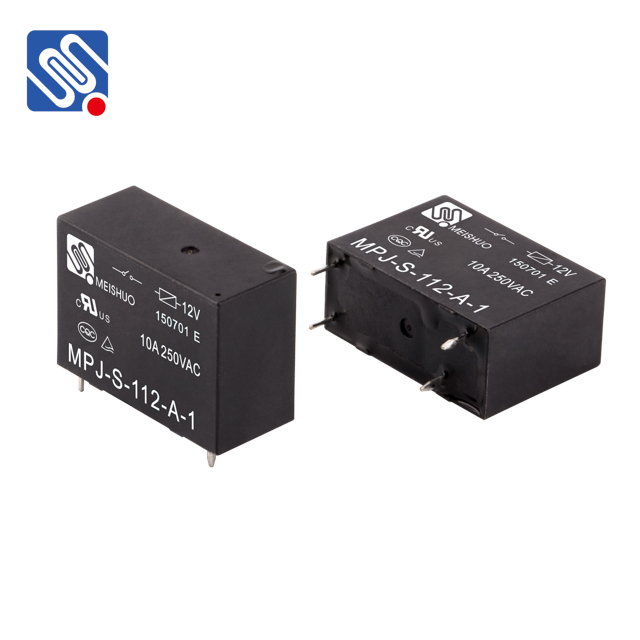Relay power supplies are integral components in modern electrical systems, playing a pivotal role in ensuring the efficient control and distribution of electrical power. A relay power supply combines the functionalities of a relay and a power supply unit, allowing for the precise regulation and switching of power based on external control signals. This unique combination makes it highly suitable for various applications in automation, safety systems, and industrial operations. In this article, we will explore the working principles, benefits, applications, and key considerations when using relay power supplies.

Understanding the Relay Power Supply At its core, a relay is an electromechanical switch that opens and closes contacts to control the flow of electricity in a circuit. It is typically used to control high-power devices with low-power signals, offering electrical isolation between the control circuit and the load. A relay power supply takes advantage of this switching function, incorporating it with the power supply’s ability to deliver electrical energy to the system. The relay in such a system is activated by an external signal, usually from a microcontroller or other control device. Once triggered, the relay opens or closes the circuit, allowing the power supply to either deliver or cut off power to the load. This process can be instantaneous and is extremely reliable, as relays are designed to handle a wide range of currents and voltages.